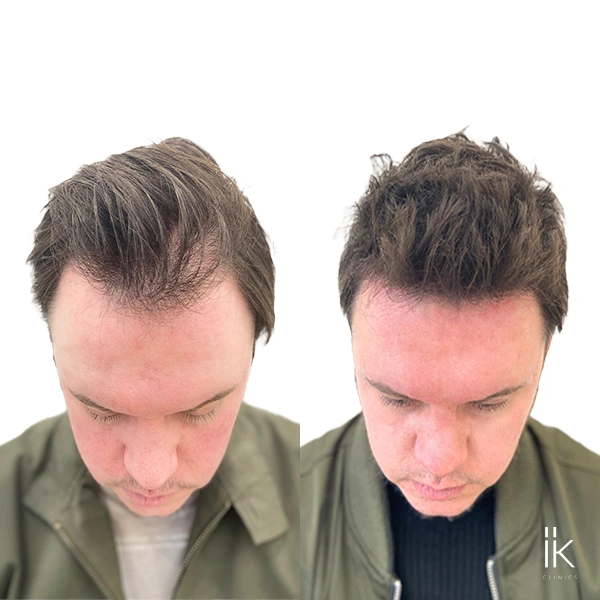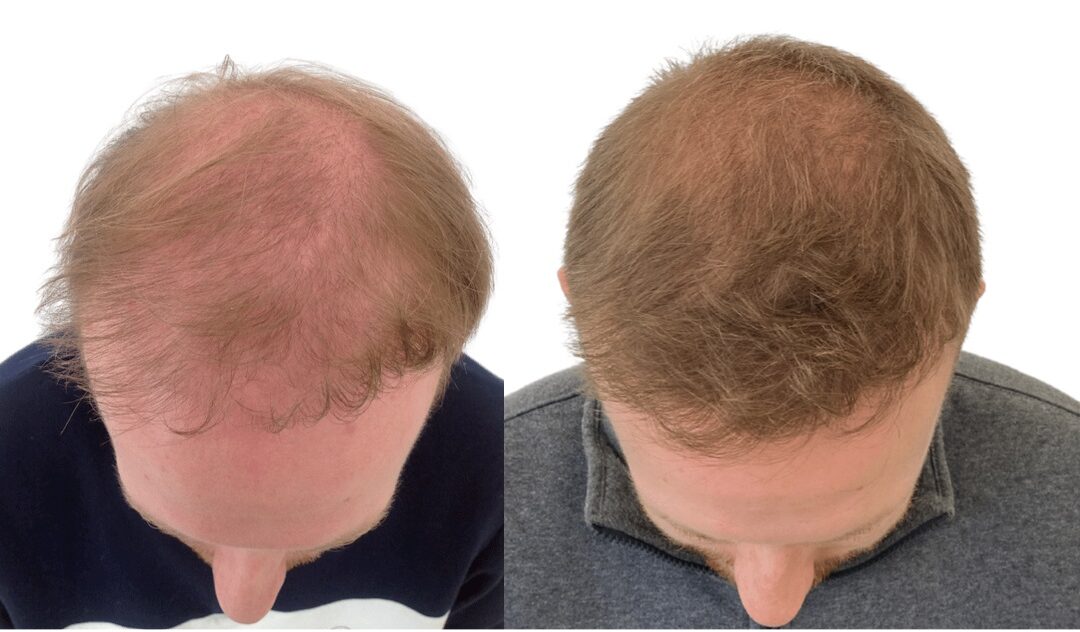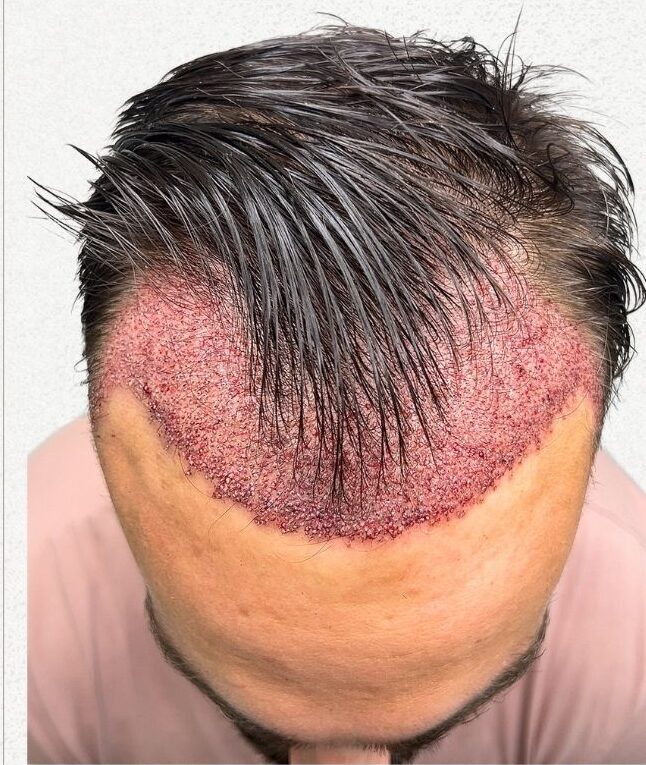It’s that dreaded moment when you notice your forehead looking a little bigger than before or that your hair isn’t framing your face the way it used to. But is there a way to stop it? Or at least slow it down?
While there’s no magic cure, there are certainly steps you can take to manage and improve the health of your hair.
Hair loss is often associated with aging, but it’s not just about getting older. For men, a receding hairline is usually linked to male pattern baldness, a hereditary condition influenced by hormones like DHT (dihydrotestosterone), which causes hair follicles to shrink over time.
Women, on the other hand, are more likely to experience overall thinning rather than a defined receding hairline. However, hormonal imbalances, stress, and even certain hairstyles can contribute to hair loss along the hairline.
Is It Possible to Stop a Receding Hairline?
If your hairline is starting to recede, you might be wondering if it’s possible to stop it entirely.
The truth is, if genetics are the main cause, reversing the process completely is difficult. However, slowing it down and improving overall hair health is very much within reach. The earlier you address the issue, the better your chances of keeping your hair for longer.
The first step is identifying the cause. If your receding hairline is due to poor scalp health, nutritional deficiencies, or stress, making key lifestyle changes could help restore some thickness and slow further loss.
On the other hand, if your hair loss is primarily genetic, you may need medical treatments to see significant improvement.
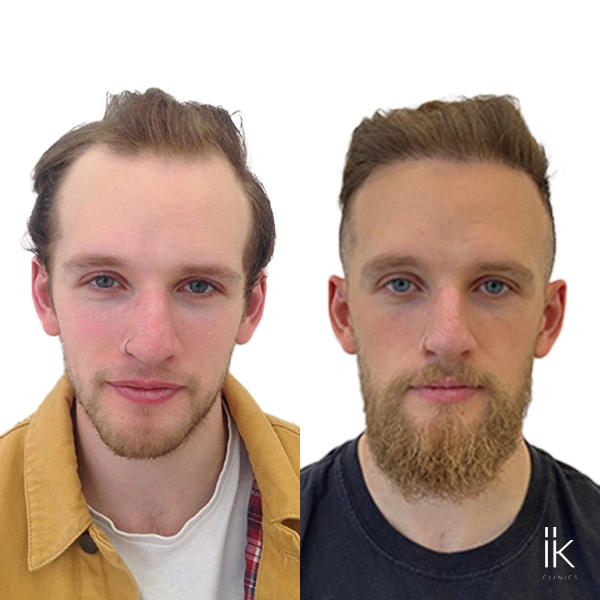
How Lifestyle Changes Can Help
Your daily habits play a major role in the health of your hair. Nutrition is particularly important, as hair follicles rely on a steady supply of vitamins and minerals to grow strong and healthy strands.
A diet rich in protein, iron, and vitamins such as Biotin (B7) and Vitamin D can make a noticeable difference. Foods like eggs, nuts, fish, and leafy greens support stronger, healthier hair growth.
Stress is another major factor. When the body is under prolonged stress, it produces excess cortisol, a hormone that can contribute to hair shedding.
Many people experience increased hair loss during particularly stressful periods, making stress management an essential part of preventing further recession. Activities like exercise, meditation, or simply taking time to unwind can have a positive impact.
Another lifestyle factor to consider is how you handle your hair. Frequent heat styling, harsh chemical treatments, and tight hairstyles can contribute to traction alopecia, which leads to a thinning hairline over time.
Being gentler with your hair – avoiding excessive pulling and using mild shampoos – can help maintain its strength.
What Medical Treatments Are Available?
For those looking for more targeted solutions, medical treatments can be effective in slowing or even reversing some hair loss.
One of the most widely used options is Minoxidil, a topical treatment that works by stimulating hair follicles and encouraging regrowth. It’s commonly available over the counter and can be used by both men and women. However, it requires consistent use – if you stop applying it, any benefits gained may be lost.
For men, Finasteride is another option. This prescription medication works by reducing levels of DHT, the hormone responsible for shrinking hair follicles in male pattern baldness. While effective, it’s not suitable for women and does come with potential side effects.
A newer treatment gaining popularity is Platelet-Rich Plasma (PRP) therapy. This involves taking a small amount of your own blood, processing it to extract the growth factors, and then injecting it into the scalp to stimulate hair growth. Many patients report noticeable improvements, but multiple sessions are often needed for the best results.
Another emerging treatment is low-level laser therapy (LLLT), which uses laser light to stimulate hair follicles and encourage growth. While it’s not as well-known as other treatments, some studies suggest it can help slow hair loss and improve hair density over time.
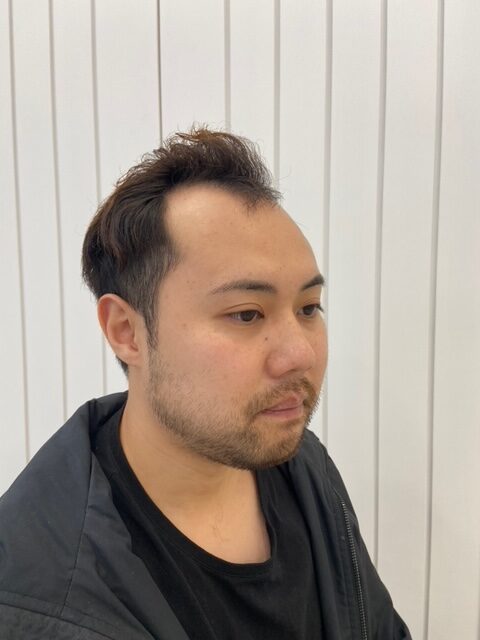
When is a Hair Transplant the Best Option?
For individuals whose hair loss has progressed significantly, hair transplants offer a more permanent solution.
Modern techniques, such as Follicular Unit Extraction (FUE), involve transplanting healthy hair follicles from the back of the scalp to areas where the hairline has receded. This method provides natural-looking results and can restore density in areas that have already lost most of their hair.
Hair transplants are not an instant fix, as the transplanted hair takes several months to grow in properly, but they do offer long-term results. However, they are best suited for those who have already experienced substantial hair loss rather than those in the early stages of recession.
Is It Too Late to Save Your Hairline?
Whether you can slow down or reverse your hair loss largely depends on how far along the process is.
If your hairline is just starting to recede, making changes to your lifestyle, improving your diet, and using targeted treatments can help maintain what you have for longer. If your recession is more advanced, considering medical treatments or a hair transplant may be the best course of action.
The most important thing is to take action early. If you’re concerned about hair loss, seeking professional advice sooner rather than later can make all the difference. Whether it’s small adjustments to your routine or exploring treatment options, keeping your hairline intact is possible with the right approach.
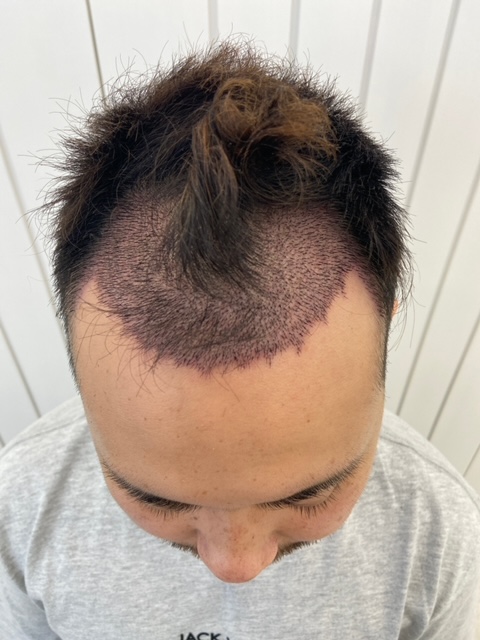
Final Thoughts
While stopping a receding hairline completely isn’t always possible, there are plenty of ways to slow it down and even regrow some lost hair.
A combination of healthy habits, targeted treatments, and, in some cases, medical procedures can help you maintain your hairline for as long as possible. The key is to act early and find the solution that works best for you.
If you’ve started noticing changes in your hairline, now is the time to do something about it. Whether it’s improving your diet, managing stress, or exploring treatment options, taking care of your hair today can lead to better results in the long run.
About IK Clinics
At IK Clinics, we are proud to stay at the forefront of global hair restoration trends, offering a variety of advanced techniques to meet the diverse needs of our clients. From FUE, PRP to Stem Cell Therapy, we ensure that every client’s treatment is tailored to their personal goals, helping them regain not just their hair but also their confidence.
Interestingly, we don’t just stop at hair restoration treatments, our highly skilled team also offers a range of anti-aging treatments.
